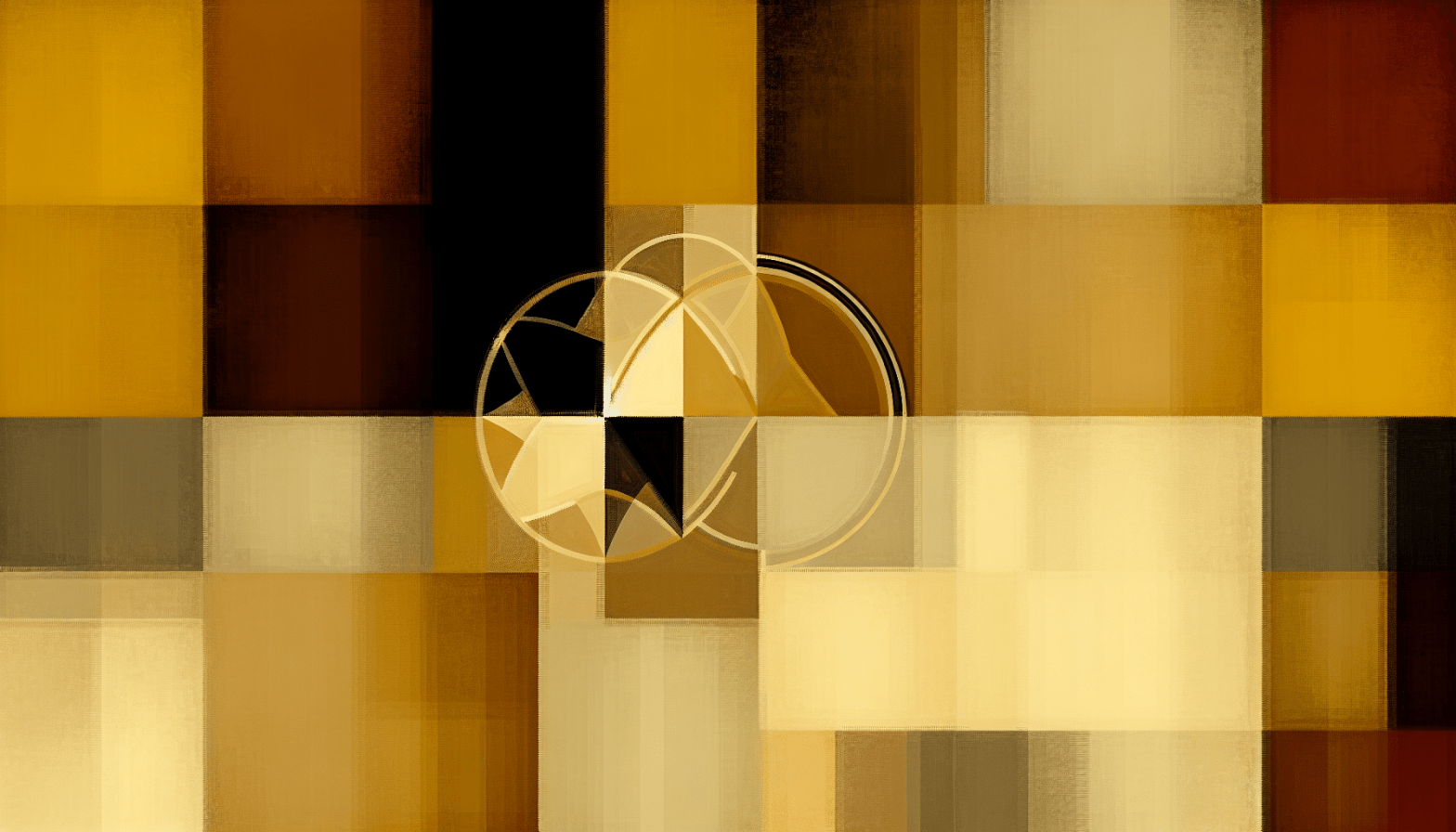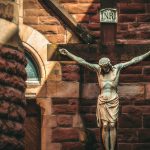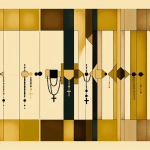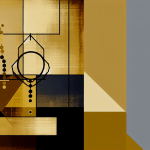Exploring the Rich Heritage of Catholic Art and Architecture
Catholic art and architecture represent a profound expression of faith, cultural identity, and historical development within the Catholic Church. This vibrant domain encompasses a wide range of artistic and architectural styles that have evolved over centuries, reflecting the beliefs and values of different eras. In this blog post, we will delve into the significance of Catholic art and architecture, exploring key features, historical timelines, and the continuing influence of these artistic expressions today.
The Historical Context of Catholic Art and Architecture
Catholic art and architecture have their roots in early Christian art, which emerged when Christianity became a prominent religion in the Roman Empire. Between the 3rd and 5th centuries, Christians began to construct basilicas, which were often built upon the foundations of Roman public buildings. These early churches not only served as places of worship but also as community centers, demonstrating the integration of faith and daily life.
The Influence of Byzantine Art
As the Roman Empire transformed, so did its artistic expressions. Byzantine art, characterized by its rich, ornate style, heavily influenced Catholic art, particularly in Eastern Europe and regions under Byzantine control. The use of mosaics, icons, and elaborate frescoes exemplified the divine nature of Christ and the Virgin Mary, communicating spiritual truths to the faithful through visual means. These methods encouraged worshippers to connect with their faith and understand theological concepts.
The Renaissance and Baroque Periods
The Renaissance marked a significant turning point in Catholic art and architecture, as artists began to embrace humanism, perspective, and naturalism. Prominent figures such as Michelangelo and Raphael emerged, creating iconic works such as the Sistine Chapel ceiling and the Raphael Rooms. This period underscored the Catholic Church’s desire to inspire and educate through art, as churches adorned with masterpieces drew the faithful closer to God.
The Baroque period followed, bringing with it dramatic expression, grandeur, and a focus on invoking emotional responses from the viewer. Artists like Gian Lorenzo Bernini and Caravaggio infused Catholic art with passion and movement, enhancing the spiritual experience. Baroque architecture, characterized by elaborate ornamentation and dynamic forms, transformed basilicas and cathedrals into breathtaking spaces that enthroned the glory of God.
Key Elements of Catholic Art and Architecture
- Iconography: The use of symbols in Catholic art is vital for storytelling within the faith. For instance, the crucifix symbolizes Christ’s sacrifice, while the chalice represents the Eucharist. Understanding these symbols enhances one’s appreciation of religious artworks.
- Saints and Biblical Figures: Catholic art often features saints, martyrs, and biblical narratives. These figures serve as role models for the faithful, with their lives providing inspiration for personal piety and devotion. Artists frequently portrayed these figures in a manner that conveys their holiness and virtues.
- Architecture: From Gothic cathedrals to modern structures, Catholic architecture often aims to inspire awe and wonder. The pointed arches, ribbed vaults, and flying buttresses of Gothic cathedrals not only served practical purposes but also created an upward movement, symbolizing a connection to the divine. The layout of a typical Catholic church, encompassing the nave, transept, and sanctuary, creates a distinct liturgical space that facilitates worship.
- Liturgical Art: Art within Catholic worship is integral to the liturgy. From altarpieces to vestments, each piece serves a specific function in enhancing the worship experience. The beauty and detail in these items reflect the belief in the sacredness of the liturgy.
The Role of Catholic Art and Architecture in Worship
Catholic art and architecture play a pivotal role in the worship experience. They create an environment conducive to prayer and reflection. The beauty of the sacred space allows believers to experience the transcendent, drawing them closer to God.
The Church as a Sacred Space
The design and layout of Catholic churches are intentional. The altar is the focal point, representing the Last Supper and the sacrifice of Christ. The nave, where congregants gather, directs attention toward the altar, enhancing the communal aspect of worship. The architectural design fosters a sense of unity among the congregation, reinforcing the belief in the Church as the Body of Christ.
Enhancing the Liturgy
During Mass and other liturgical celebrations, the presence of art accentuates the experience. From the crucifix above the altar to the stained glass windows that tell biblical stories, each element serves to deepen the believer’s engagement. The careful selection of colors, materials, and symbols enhances the liturgical seasons, inviting worshippers to reflect on the mysteries of faith.
Catholic Art and Architecture Today
In contemporary society, Catholic art and architecture continue to evolve while remaining deeply rooted in tradition. Modern architects and artists often draw inspiration from historical styles but incorporate modern techniques and materials. This synthesis creates a dialogue between the past and present, enabling the Church to remain relevant in the eyes of its members.
Preservation and Restoration
Many historic Catholic churches are undergoing restoration efforts to preserve their artistic and architectural integrity. Organizations dedicated to the conservation of sacred spaces work tirelessly to ensure that future generations can appreciate these masterpieces. The use of traditional techniques, combined with modern technology, enables restorers to maintain the original grandeur while adapting to contemporary needs.
New Forms of Expression
In addition to restoration, contemporary artists are finding new ways to express their faith through art. The rise of digital art, installations, and multimedia presentations allows for innovative interpretations of religious themes. These modern expressions engage younger audiences and resonate with contemporary issues, bringing Catholic art into the 21st century.
Conclusion
Catholic art and architecture serve as powerful tools for evangelization, education, and worship. They embody a rich heritage that reflects the Church’s history, beliefs, and aspirations. From the intricate details of Gothic cathedrals to the emotive power of Baroque paintings, each work encapsulates the beauty of the Catholic faith.
As we explore the world of Catholic art and architecture, we gain insight into the profound ways in which art can communicate spiritual realities and inspire devotion. Whether you are visiting a grand cathedral or a small parish church, take a moment to appreciate the artistry that surrounds you. Let it stir your heart and mind, leading you deeper into the mystery and majesty of the Catholic faith.
Through understanding and appreciating Catholic art and architecture, we can cultivate a greater appreciation for the traditions of our faith and the incredible creativity that continues to flourish within the Church.




